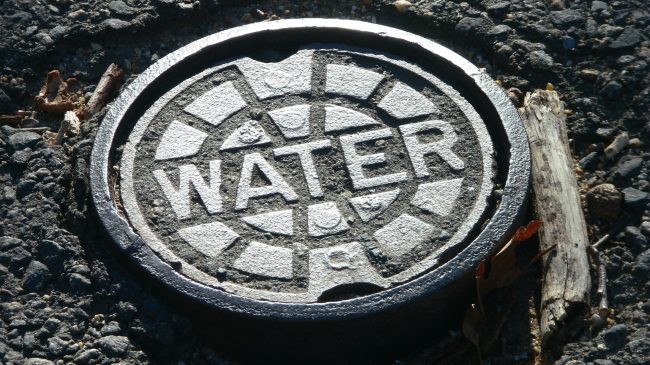Clark County is an American success story. From just 48,000 people in 1950, it grew to 1.9 million by 2010. Today it exceeds 2.2 million.
But the metro area’s infrastructure has failed to keep pace. Traffic congestion due to inadequate roadways cost motorists $1.4 billion in wasted time and fuel in 2014. And an aging water system now suffers water main breaks, causing local flooding. Fixing these problems would obviously cost a lot, and it is unlikely Congress will come up with the money. But a new self-help approach called “asset recycling” could bring fairly speedy relief to Las Vegas.
As detailed in a new study from the Reason Foundation, the basic idea is to lease aging infrastructure facilities to well-qualified companies that will commit to refurbishing, operating and maintaining them for a long period of time (e.g., 35 to 50 years). In exchange, the selected company would make most of the annual lease payments to the government up-front. That money could then be invested in new or expanded infrastructure that does not have a built-in revenue source.
This is not a think-tank fantasy. Australia has extensive experience with infrastructure asset recycling. Its state governments have sold or leased any number of infrastructure assets (airports, seaports, electric utilities) to investor-owned companies and used the proceeds for needed new infrastructure. For several years, Australia’s federal government provided incentive grants to states that agreed to lease or sell such assets, as long as they used the proceeds to build new infrastructure.
Las Vegas could utilize asset recycling to fund road and water projects. While the Trump infrastructure proposal released last February included a version of this idea, the largest example of U.S. asset recycling took place in Indiana, with the long-term lease of the poorly managed Indiana Toll Road in 2006. The winning bidder paid $3.8 billion to the state up-front. After paying off the outstanding toll road bonds, Indiana invested the net proceeds in a 10-year highway improvement program statewide, plus a $500 million trust fund to ensure proper maintenance of the new highways. And the company itself has invested more than $300 million in improvements to the toll road thus far.
One recent example of asset recycling in the water utility sector took place in Bayonne, New Jersey, in 2012. The city’s water system had a large backlog of unmet capital needs and deferred maintenance. Competitive bidding led to a 40-year lease that would allow the investor-owned company to use ongoing water/wastewater user fee revenues for system improvements while providing regular payments to the city to pay off the water system’s outstanding debt.
On a much larger scale, Pittsburgh’s aging and ailing water system is also a candidate for asset recycling. With poor water quality and nine water main breaks so far this year, the city has begun receiving unsolicited proposals from companies such as Peoples Natural Gas. Pittsburgh’s multibillion-dollar needs include replacing dangerous lead pipes and building a new water treatment plant.
The Las Vegas Valley Water District system is neither as old as Pittsburgh’s system nor as troubled. But the Reason Foundation study finds the ballpark estimate of the gross proceeds from a long-term lease of the water district system is $1.4 billion. Thus, after paying off existing bonds, the estimated net proceeds would be more than $600 million — money that could be invested into new infrastructure in the city. For example, such a sum could produce a large number of road improvements, boosting the economy by easing Las Vegas’ serious traffic congestion and reducing wear and tear on vehicles.
Asset recycling is a way to bring professional expertise in to revamp Las Vegas’ infrastructure while using the proceeds to improve or build other infrastructure. Las Vegas’ population boom has stressed the region’s infrastructure and increased its needs.
This column first appeared in the Las Vegas Review Journal.

